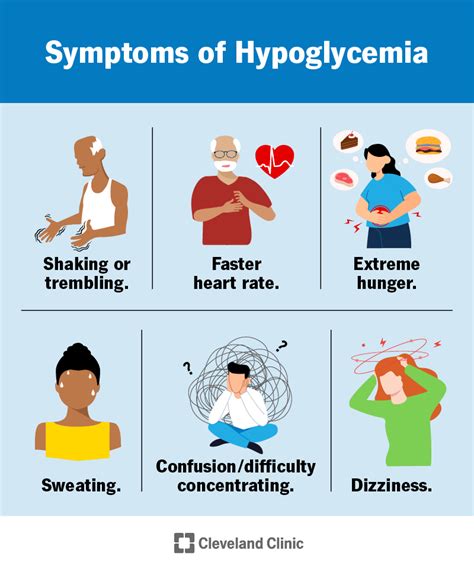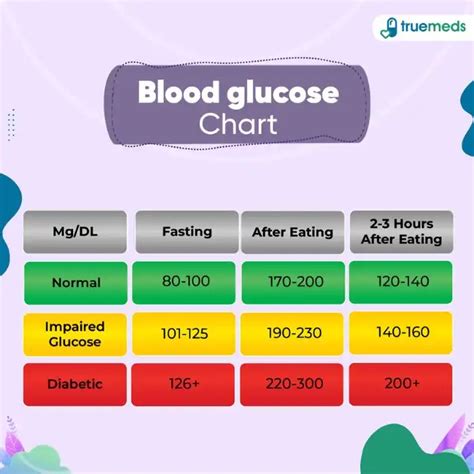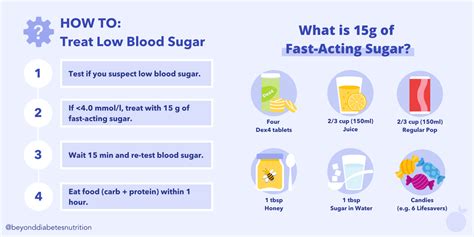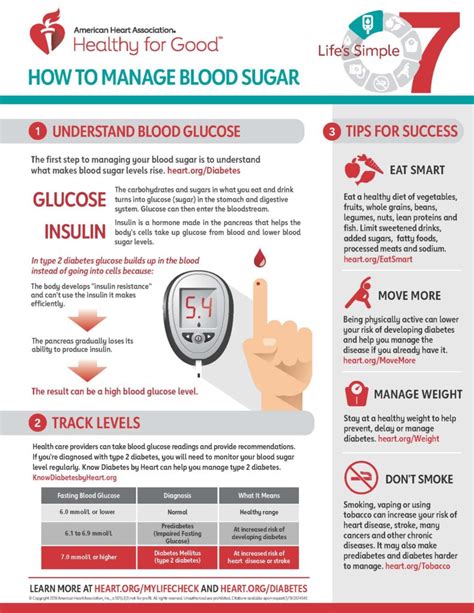Intro
Understand low blood sugar levels with our informative chart, covering symptoms, causes, and treatment options for hypoglycemia, including glucose monitoring and diabetes management techniques.
Maintaining healthy blood sugar levels is crucial for overall well-being, especially for individuals with diabetes. Low blood sugar, also known as hypoglycemia, occurs when the glucose levels in the blood fall below a certain threshold. It is essential to recognize the symptoms and take prompt action to prevent complications. In this article, we will delve into the world of low blood sugar levels, exploring the causes, symptoms, and treatment options. We will also provide a comprehensive low blood sugar levels chart to help you understand the different stages of hypoglycemia.
The importance of monitoring blood sugar levels cannot be overstated. For individuals with diabetes, keeping track of their glucose levels is a vital part of managing their condition. By understanding the causes and symptoms of low blood sugar, individuals can take proactive steps to prevent hypoglycemic episodes and maintain optimal health. In the following sections, we will discuss the different aspects of low blood sugar levels, including the symptoms, causes, and treatment options.
Low blood sugar levels can have severe consequences if left untreated. It is essential to recognize the warning signs and take prompt action to restore normal glucose levels. The symptoms of hypoglycemia can vary from person to person, but common indicators include shakiness, dizziness, sweating, and confusion. In severe cases, low blood sugar can lead to seizures, loss of consciousness, and even death. By understanding the risks and consequences of hypoglycemia, individuals can take the necessary steps to prevent and manage low blood sugar levels.
Understanding Low Blood Sugar Levels

Low blood sugar levels are typically defined as a glucose reading below 70 mg/dL. However, the exact threshold may vary depending on the individual and their medical history. It is essential to work with a healthcare provider to determine a personalized target range for blood sugar levels. By understanding the different stages of hypoglycemia, individuals can take proactive steps to prevent and manage low blood sugar levels.
Causes of Low Blood Sugar Levels
There are several causes of low blood sugar levels, including: * Taking too much insulin or oral diabetes medications * Skipping meals or delaying eating * Eating meals that are low in carbohydrates * Engaging in strenuous exercise without adjusting food or medication * Drinking excessive amounts of alcohol * Certain medical conditions, such as kidney or liver diseaseLow Blood Sugar Levels Chart

The following low blood sugar levels chart provides a comprehensive overview of the different stages of hypoglycemia:
- Mild hypoglycemia: 54-69 mg/dL
- Moderate hypoglycemia: 40-53 mg/dL
- Severe hypoglycemia: below 40 mg/dL
Symptoms of Low Blood Sugar Levels
The symptoms of hypoglycemia can vary from person to person, but common indicators include: * Shakiness or tremors * Dizziness or lightheadedness * Sweating or clamminess * Confusion or disorientation * Slurred speech or difficulty speaking * Numbness or tingling in the lips or tongue * Headaches or fatigueTreatment Options for Low Blood Sugar Levels

Treatment for low blood sugar levels typically involves consuming glucose-rich foods or drinks to raise blood sugar levels. The following are some common treatment options:
- Eating 15-20 grams of glucose-rich food, such as glucose tablets, hard candy, or fruit juice
- Consuming a snack that includes protein and complex carbohydrates, such as crackers with peanut butter or cheese
- Taking a glucose gel or spray, which can be absorbed quickly through the mucous membranes
Preventing Low Blood Sugar Levels
Preventing low blood sugar levels is crucial for maintaining optimal health. The following are some tips for preventing hypoglycemic episodes: * Eat regular meals and snacks to maintain stable blood sugar levels * Monitor blood sugar levels regularly, especially before and after meals * Adjust medication or insulin doses as needed to prevent hypoglycemia * Avoid skipping meals or delaying eating * Engage in regular exercise, but adjust food and medication as needed to prevent hypoglycemiaManaging Low Blood Sugar Levels in Different Situations

Managing low blood sugar levels can be challenging in different situations, such as during exercise or when traveling. The following are some tips for managing low blood sugar levels in different situations:
- During exercise: Eat a snack that includes protein and complex carbohydrates before exercising, and monitor blood sugar levels regularly during and after exercise
- When traveling: Pack snacks that are rich in glucose, such as glucose tablets or hard candy, and monitor blood sugar levels regularly, especially during long trips
Low Blood Sugar Levels in Children and Older Adults
Low blood sugar levels can be particularly challenging to manage in children and older adults. The following are some tips for managing low blood sugar levels in these populations: * Children: Monitor blood sugar levels regularly, especially before and after meals, and adjust medication or insulin doses as needed to prevent hypoglycemia * Older adults: Monitor blood sugar levels regularly, especially during times of stress or illness, and adjust medication or insulin doses as needed to prevent hypoglycemiaConclusion and Next Steps

In conclusion, managing low blood sugar levels is crucial for maintaining optimal health, especially for individuals with diabetes. By understanding the causes, symptoms, and treatment options for hypoglycemia, individuals can take proactive steps to prevent and manage low blood sugar levels. We encourage readers to share their experiences and tips for managing low blood sugar levels in the comments section below. Additionally, we invite readers to share this article with friends and family members who may be struggling with low blood sugar levels.
What are the symptoms of low blood sugar levels?
+The symptoms of low blood sugar levels can vary from person to person, but common indicators include shakiness, dizziness, sweating, and confusion.
How can I prevent low blood sugar levels?
+Preventing low blood sugar levels involves eating regular meals and snacks, monitoring blood sugar levels regularly, and adjusting medication or insulin doses as needed.
What should I do if I experience low blood sugar levels?
+If you experience low blood sugar levels, consume glucose-rich foods or drinks to raise blood sugar levels, and seek medical attention if symptoms persist or worsen.
